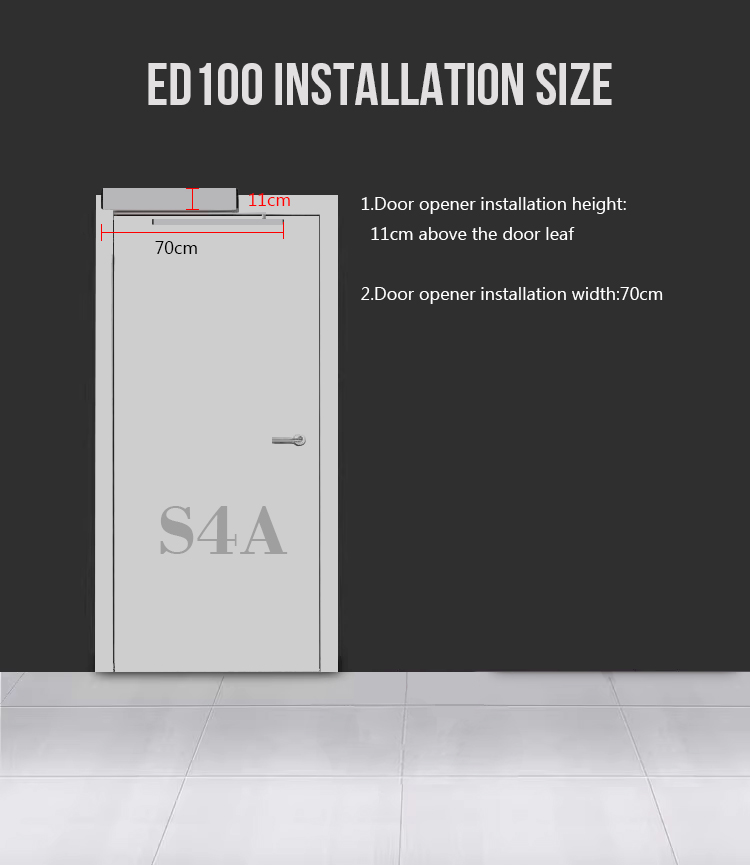Do you find yourself running out of storage space for your coats and other clothing items? Are you tired of seeing your precious garments crumpled up on chairs or stuffed into overflowing closets? If so, a hanging clothes rack might just be the perfect solution for you.
A hanging clothes rack offers a practical and stylish way to organize your coats, jackets, and shirts, while also adding a touch of elegance to your home decor. Whether you have a small apartment or a spacious house, a hanging clothes rack can help you maximize your storage options without compromising on style.
One popular option is the iron coat rack. With its sturdy metal construction, an iron coat rack provides reliable support for your garments. Its sleek design and timeless appeal make it a versatile choice for any interior design style. Whether you prefer a modern, minimalist look or a more vintage aesthetic, an iron coat rack is sure to enhance the overall ambience of your space.
If you’re short on floor space, an iron wall coat rack is the perfect space-saving solution. By mounting it on your wall, you can take advantage of vertical storage, freeing up valuable floor space for other purposes. An iron wall coat rack also serves as a unique decorative element, adding visual interest to any room.
For those looking for a freestanding option, a coat rack stand is a great choice. Its compact design allows you to place it in any corner or near the entrance of your home. With multiple hooks and even additional storage shelves, a coat rack stand provides ample space for your coats, hats, scarves, and bags.
By investing in a hanging clothes rack, such as an iron coat rack, iron wall coat rack, or a coat rack stand, you can not only declutter your space but also keep your garments in pristine condition. No more wrinkled clothes or misplaced accessories. With a hanging clothes rack, everything will have its designated place.
So, if you’re tired of the chaos and want to bring order to your clothing storage, consider adding a hanging clothes rack to your home. Say goodbye to clutter and hello to a stylish and organized space. Your coats and garments will thank you!



